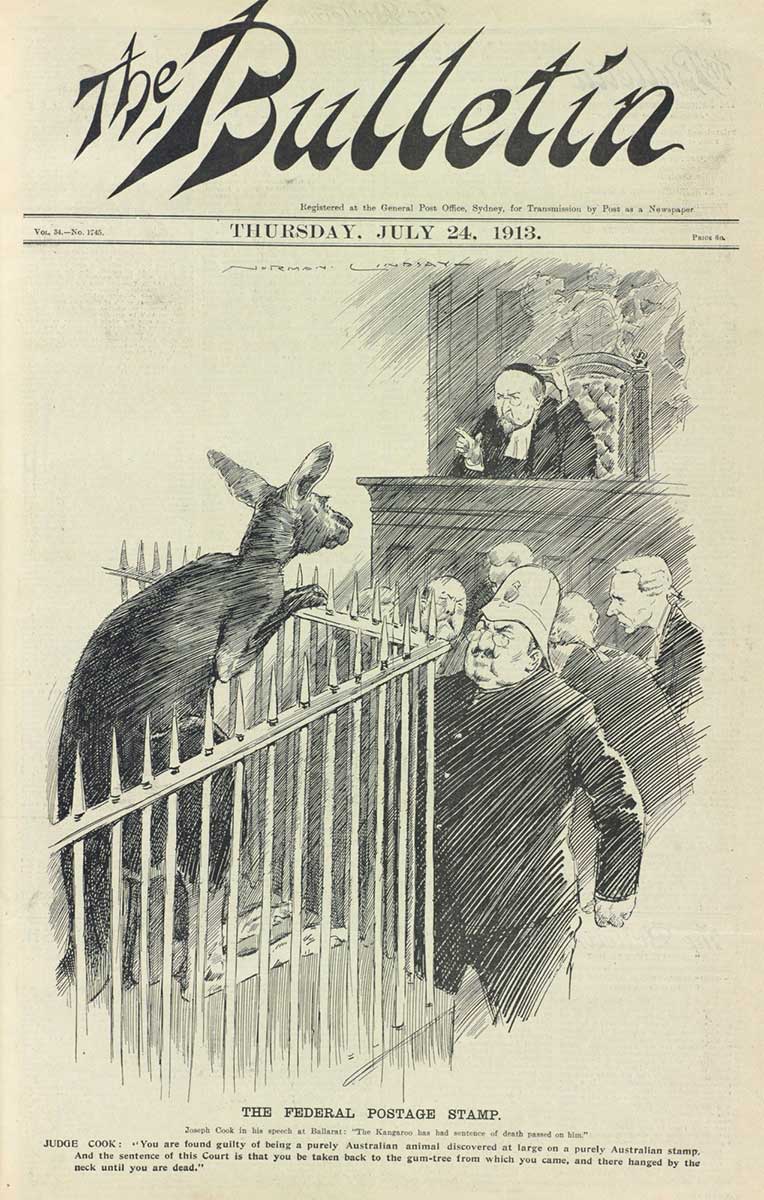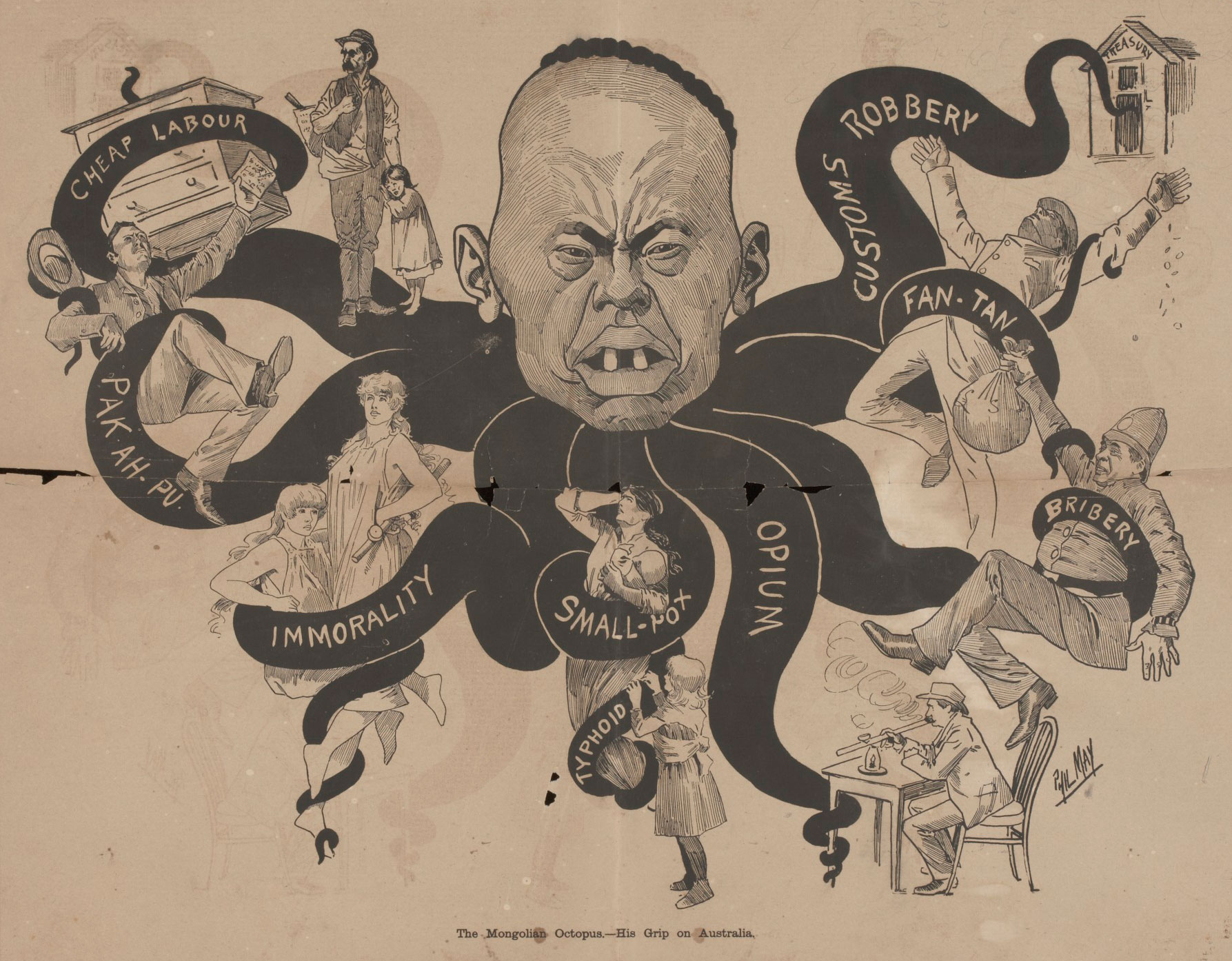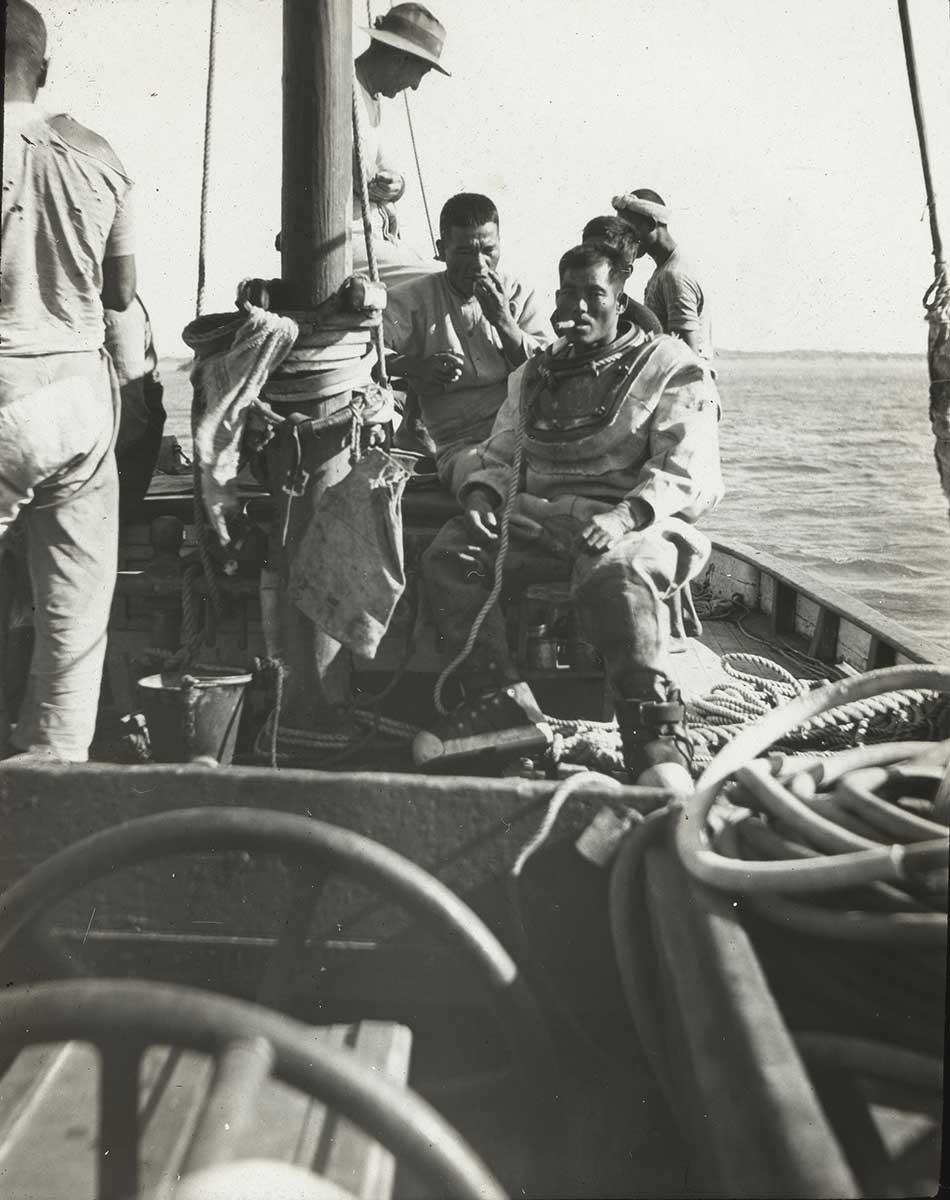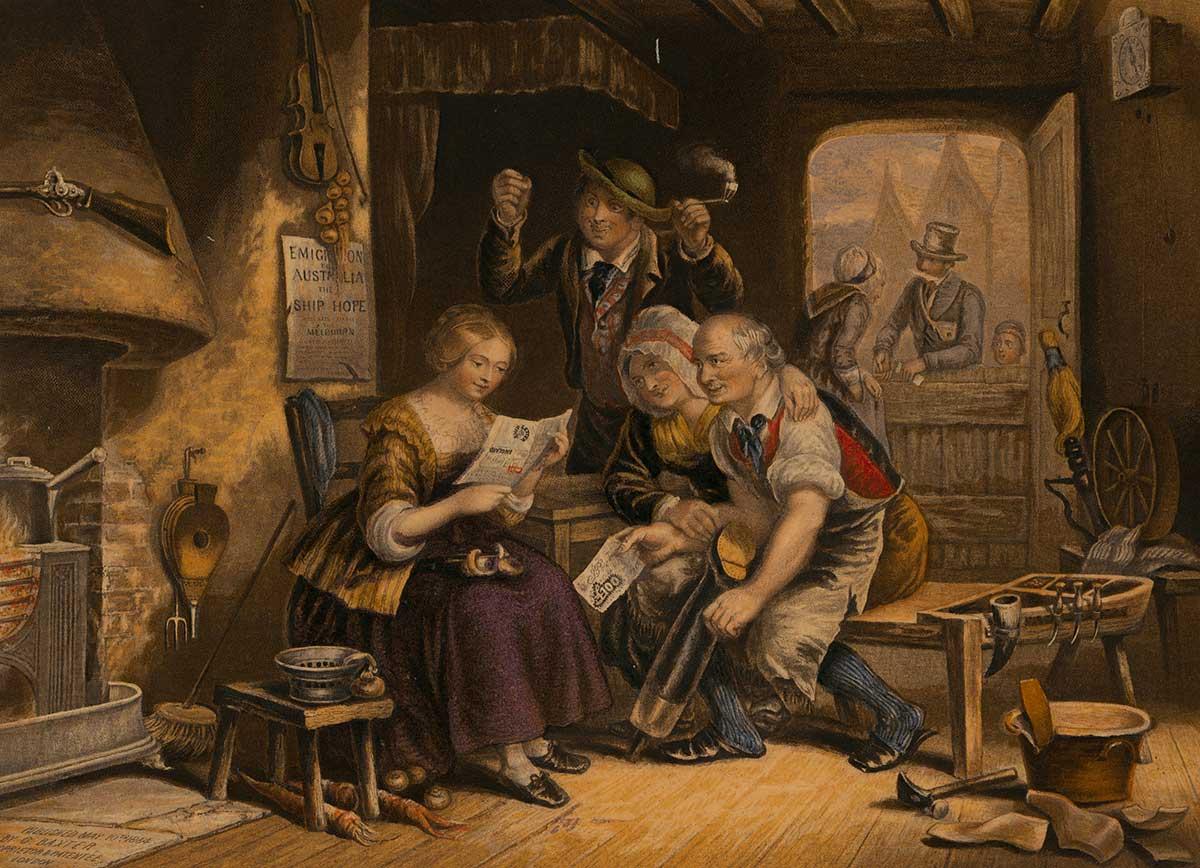Learning module:
Movement of peoples Defining Moments, 1750–1901
Investigation 3: Attitudes towards migration case study
3.1 What does the Bulletin tell us about attitudes towards migration in Australia in the 1800s?

The Bulletin magazine was established in the late nineteenth century. The magazine contributed to the development of an Australian identity.
National identity exists where there is a sense of belonging to a specific place and group of people, and is brought about by shared and common language, culture, history, attitudes, values, loyalties and aspirations. However, it can also sometimes involve the exclusion of people who are felt to be outside of the group because they have different views, cultures or values.
How did the Bulletin reflect some ideas that people shared, that were helping create an Australian national identity? What part did attitudes towards migrants, and in particular, Chinese migrants, play in shaping a national identity? How representative were the Bulletin’s views of wider opinion in Australia?
1. What was the Bulletin?
2. The Bulletin promoted an image of how many Australians liked to see themselves. It was fashioned around a strong emerging Australian identity. What was this identity?
3. A national identity can include people and it can exclude people. Look at the cartoon below, ‘The Mongolian Octopus’, which was published in the Bulletin in 1886. Describe how it depicts Chinese people.

4. What is the message of the cartoon? What does it suggest Chinese people were responsible for?
5. The image is very crude and exaggerated, but was probably very influential. Why do you think people might have responded to such a negative and exclusionary image?
6. In Chinese on the goldfields it says, ‘There were people who thought Chinese immigrants were good citizens who worked hard, started businesses and showed exceptional generosity.’ This perspective was largely ignored in the early years of the Bulletin. Who else’s perspectives were likely missing? Why is this important?
7. What part did attitudes towards migrants, and in particular, Chinese migrants, play in helping to shape an Australian national identity at that time?
8. How representative do you think the Bulletin’s views were of public opinion in Australia at the time?
9. If you were advising the National Museum of Australia on an object that it could display to tell the story of Australian attitudes to migration in the late nineteenth century, what would you suggest? (You can see what objects they actually have using the National Museum of Australia collections search)
10. The curriculum area which you are studying here is titled: Making a better world? In what ways might the publication of the Bulletin have both helped and hindered this idea?
Exploring further
As an extension to this activity, research an individual who was a Chinese migrant and see what happened to him or her.







